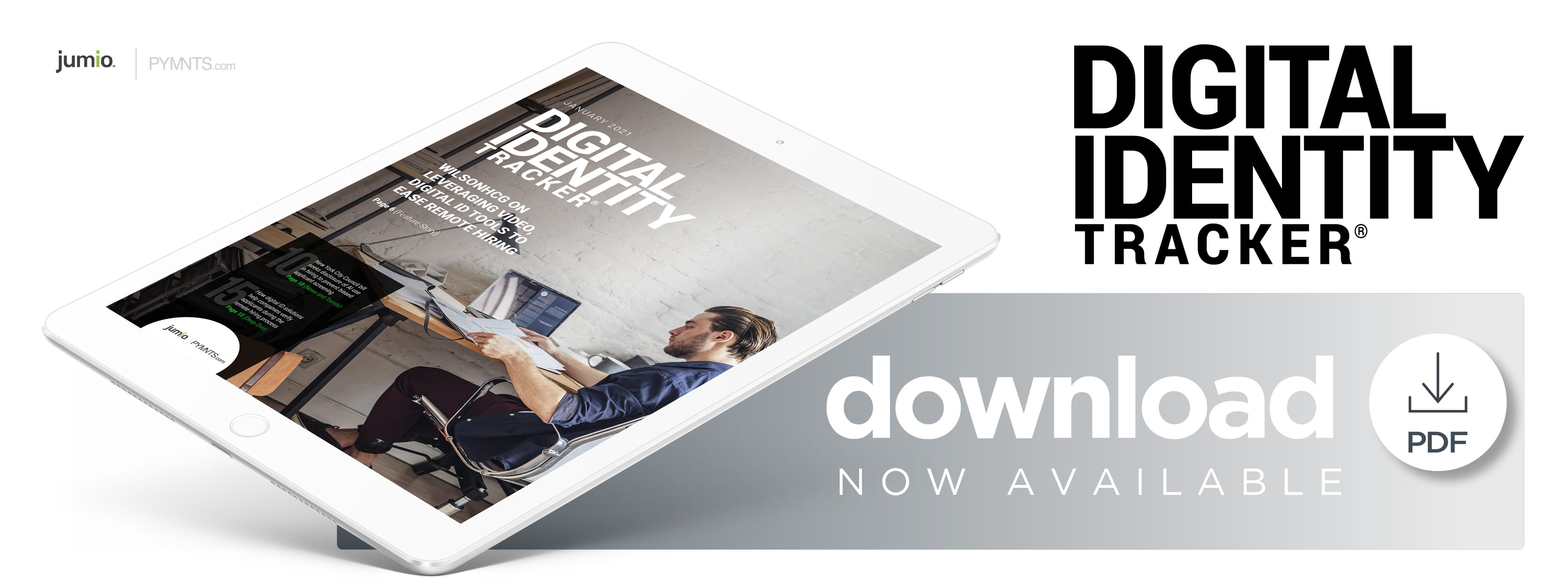WilsonHCG On Leveraging Video, Digital ID Tools To Ease Remote Hiring

Hiring and vetting job applicants remotely has become par for the course, but not all companies know how to verify job applicants’ identities digitally, says Alicia O’Brien, vice president of innovation at global hiring and recruitment firm WilsonHCG. O’Brien tells PYMNTS how businesses can tap video tools and facial recognition technology to vet and onboard employees around the globe.
Many companies have been forced to adjust their business operations during the pandemic as they transact and cooperate remotely to reduce the risks of viral transmission. This new way of life is also affecting how firms hire and vet job applicants, and many businesses are making their first forays into digital onboarding and interview processes.
Florida-based recruitment, consulting and executive services solutions provider WilsonHCG decided at its launch 17 years ago to make remote operations part of its everyday approach to doing business. That decision is currently helping the company weather the pandemic and will remain critical in its future, Alicia O’Brien, WilsonHCG’s vice president of innovation, told PYMNTS during a recent interview.
“We actually started off in more of a virtual environment,” she said. “At that time, and still today, we know the best talent doesn’t sit just in Tampa.”
WilsonHCG has gone global since its founding, opening headquarters in Canada, England, Poland and Romania as well as remote locations in five dozen countries across six continents. It employs more than 1,000 staff members and provides recruitment and consulting services across various sectors, including business services, manufacturing, media and entertainment, and now IT and healthcare.
The Virtual Hiring Migration
Virtual hiring practices are nothing new to the company, O’Brien said, but many of its clients were unfamiliar with the process until the health crisis began. She said that helping firms with primarily brick-and-mortar operations make the switch has been a big focus for WilsonHCG, especially as those firms grapple with learning how to trust the remote hiring process instead of meeting candidates face-to-face.
“A lot of what we’ve done is educate them on how we do things internally and how it’s worked out well for us in our growth,” O’Brien said. “It’s about helping companies quickly implement some of those best practices, such as video interviewing, so they can move ahead swiftly to keep up with their goals.”
She noted that many companies have adapted well to these practices over the past several months, but first had to become comfortable using the technology to interview and vet job candidates.
“It was just a matter of showing them the way and helping them realize how they could be comfortable,” she said. “Once they do it a few times, it becomes second nature. And by now, it’s a much more widely adopted practice.”
O’Brien explained that much of the training WilsonHCG gives its clients is focused on etiquette. Virtual interviews should be conducted in a quiet environment with few distractions, she said. Even issues that might be considered trivial, such as the positioning of laptops and phones, are crucial to ensuring that each party can be seen and heard clearly.
Video interviews can also be attractive even beyond their current necessity during the pandemic, as many applicants are uncomfortable interacting in person until they know they will be hired, O’Brien stated. She also noted that much can be learned about candidates via video, such as their mannerisms, habits and the attitudes they will likely take into the role. She has encouraged clients to use videoconferencing technologies to tackle these tasks.
The benefits also extend beyond the ability to interview candidates. Videoconferencing technologies and other digital identity tools can help companies accurately vet applicants and verify their identities.
Verification And The Future Of Remote Work
Companies have numerous technologies at their disposal for obtaining digital copies of legally required identity documents during onboarding and verification, O’Brien said. Some platforms allow applicants to confirm their identities by uploading pictures of documents from their computers or using mobile devices to capture and submit them, for example. This can be especially useful for forms of ID that were previously supplied in person during onboarding, such as passports, drivers’ licenses or national identification cards.
Some clients are using cutting-edge tools like facial recognition technology to vet and verify users, O’Brien added. She noted that WilsonHCG also encourages its clients to view applicants’ LinkedIn profiles to further confirm that they are who they say they are.
Many businesses are hopeful that they will soon resume some of their in-person operations as vaccines are rolled out and the economy slowly reopens. Some of the shifts made during the pandemic, however, including the lessons learned about operating and hiring remotely, are likely to come in handy long after the pandemic has passed. Adopting the right technologies and digital ID solutions to swiftly and accurately verify, interview and onboard job applicants will help companies keep their operations flexible, no matter what the future brings.

